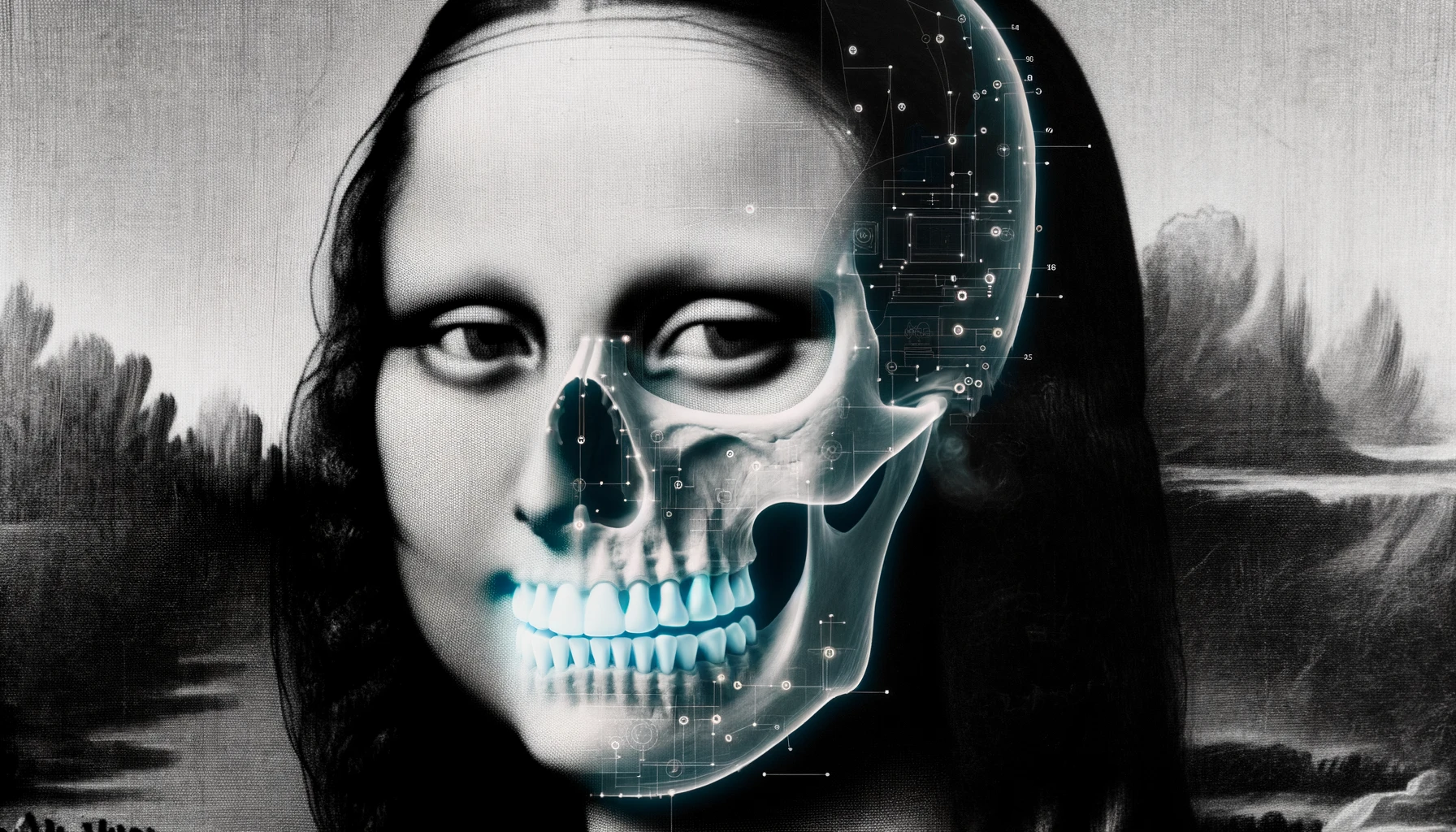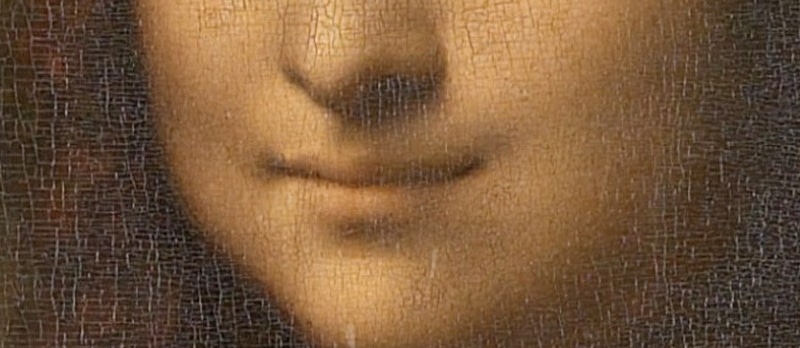
You’ve undoubtedly seen her enigmatic smile, but have you ever wondered about the secrets hidden within the layers of the Mona Lisa? Although it’s the most famous painting in the world, we’re still learning new things about the masterpiece, more than five centuries after Leonardo da Vinci made its first brush strokes.
A new study has recently unveiled another layer to the story of the Mona Lisa, finding that Leonardo experimented quite a bit with his early drafts.
The science behind the smile
When you look directly at Mona Lisa’s eyes, the smile appears to fade. But look from a different angle, and it brightens, almost teasingly. The Italians have a word that explains this ambivalent nature: sfumato. It means ambiguous and up to the imagination. This play of light and shadow is a mark of true genius, showing how Da Vinci’s understanding of human perception was ahead of his time.

However, it seems like Leonardo wasn’t exactly sure how it would all turn out when he embarked on this now iconic project. Using cutting-edge X-ray technology, researchers in France examined the atomic structure of just a tiny speck of the masterpiece, so small it’s almost invisible to the naked eye. What they found was the presence of a rare compound called plumbonacrite. This discovery not only confirms art historians’ theories but also showcases Leonardo’s penchant for experimentation.
So, why is this compound so special? Plumbonacrite acts as a chemical fingerprint for Leonardo’s unique paint recipe. It suggests that the master artist likely used lead oxide powder to enhance the texture and drying process of his paint. Imagine the master at work, dissolving this vibrant orange powder in oils, creating a mixture that flowed “more like honey,” as described by Victor Gonzalez, the study’s lead author and a chemist at France’s top research body, the CNRS.
“In this case, it’s interesting to see that indeed there is a specific technique for the ground layer of ‘Mona Lisa,'” Gonzalez told the AP.
This intricate detail speaks volumes about Leonardo’s incessant drive to innovate and experiment. But this revelation isn’t just about the Mona Lisa. This painting method might have been handed down through generations, with even Rembrandt possibly adopting a similar approach in the 17th century. “It tells us also that those recipes were passed on for centuries,” Gonzalez noted. “It was a very good recipe.”
As we peel back layers and shine a light on the hidden techniques of the Mona Lisa, we’re reminded that this iconic painting, believed to be a portrayal of Lisa Gherardini, still holds many secrets. As Gonzalez aptly put it, “We are barely scratching the surface.”









